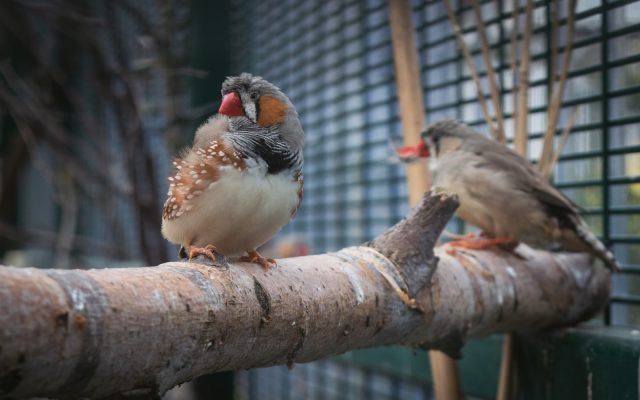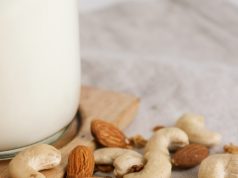Aviary Building
Aviaries are a wonderful way to provide a safe and stimulating bird environment. Whether you are a bird enthusiast looking to house a few feathered friends or a professional breeder, creating a safe and healthy aviary is essential for the well-being of your birds. In this blog, we’ll cover everything you need to know about building an aviary that provides a comfortable and secure home for your birds. From choosing the right location and materials to providing proper ventilation and enriching the environment, we’ll share tips and advice to help you create a happy and healthy habitat for your feathered friends. So if you’re ready to build an aviary that your birds will love, let’s get started!
Materials Needed
When it comes to building an aviary for your birds, choosing the right materials is essential. Not only do you want to create a safe and secure environment for your birds, but you also want to ensure that your aviary is durable and long-lasting. Here are some materials you’ll need to consider when building an aviary:
- Wire Mesh: The wire mesh is the most crucial material for an aviary. It will form the walls, ceiling, and floor of the enclosure. Choose a strong, durable mesh that’s resistant to rust and corrosion. The mesh size should be small enough to prevent birds from escaping or predators from entering.
- Frame Material: You’ll need to build a sturdy frame to support the wire mesh. Common frame materials include wood, PVC pipes, and metal tubing. Each material has its own advantages and disadvantages, so choose the one that fits your needs and budget.
- Roofing Material: An aviary roof should provide shade and protection from rain, snow, and other elements. Consider using a material that’s weather-resistant and durable, such as metal, plastic, or fiberglass.
- Perches and Nesting Boxes: Birds need perches to rest and sleep on and nesting boxes to lay eggs in. These can be made from wood or other materials and should be securely attached to the aviary walls.
- Food and Water Containers: Choose food and water containers that are easy to clean and refill. Stainless steel or plastic containers are good options.
- Enrichment Items: Finally, consider adding enrichment items to your aviary, such as toys, branches, and swings. These items can help keep your birds mentally and physically stimulated.
Building an aviary can be a fun and rewarding project, but choosing the right materials is important to ensure your birds’ safety and well-being. Consider consulting with an expert or doing thorough research before starting your project.
Design Considerations
When designing an aviary for your birds, there are several important considerations to keep in mind. The design of your aviary can impact the safety, health, and happiness of your birds. Here are some design considerations to keep in mind:
- Size: The size of your aviary should be based on the number and size of birds you plan to house. A larger aviary allows birds to fly and exercise more, which is essential for their well-being. Generally, aim for a minimum of 3 feet in length, width, and height per bird.
- Location: Choose a location for your aviary that’s protected from extreme temperatures, wind, and direct sunlight. Avoid areas near trees, which could provide easy access for predators. Ideally, the aviary should have access to natural sunlight and fresh air.
- Ventilation: Proper ventilation is essential for maintaining healthy air quality inside the aviary. Consider installing vents or windows to allow for air circulation.
- Security: The aviary should be designed to prevent escape and protect your birds from predators. Choose wire mesh that’s strong enough to withstand predators and small enough to prevent escape. Secure all doors and access points with locks or latches.
- Enrichment: Birds need mental and physical stimulation to remain healthy and happy. Consider incorporating items such as perches, nesting boxes, toys, and swings into the aviary design.
- Maintenance: Finally, consider the ease of maintenance when designing your aviary. The aviary should be easy to clean and maintain, with easy access to food and water containers.
Designing an aviary for your birds is a great way to provide a safe and stimulating environment. By considering your aviary’s size, location, ventilation, security, enrichment, and maintenance, you can create a comfortable and happy home for your feathered friends.
Maintenance & Safety
Maintaining a safe and healthy environment for your birds is crucial for their well-being. Regular maintenance and safety checks can help prevent potential hazards and ensure your aviary remains in good condition. Here are some maintenance and safety considerations to keep in mind:
- Cleaning: Regular cleaning of your aviary is essential for maintaining a healthy environment for your birds. Remove any droppings, uneaten food, and debris from the enclosure daily, and perform a deep clean at least once a month.
- Inspections: Regular aviary inspections can help identify potential hazards or maintenance issues. Check the wire mesh for signs of damage or wear, and inspect perches, nesting boxes, and toys for signs of damage or wear.
- Water and Food: Ensure your birds have access to clean and fresh water and food. Clean and refill food and water containers daily, and replace them if they become damaged or contaminated.
- Safety: Regularly inspect the aviary for potential safety hazards, such as sharp edges, loose wires, or protruding nails. Ensure all doors and access points are securely closed and locked to prevent escape or entry by predators.
- Health: Monitor your birds for signs of illness or injury. If you notice any changes in their behavior or appearance, seek veterinary care immediately.
- Weather: Consider the weather conditions when maintaining your aviary. Extreme heat or cold can impact the health of your birds, so ensure they have access to shade, shelter, and appropriate temperature regulation.
By regularly maintaining and checking the safety of your aviary, you can provide a safe and healthy environment for your birds. Always prioritize the health and well-being of your feathered friends, and seek professional advice if you have any concerns or questions about maintaining your aviary.
Conclusion
In conclusion, building and maintaining a safe and secure aviary for your birds requires careful consideration and planning. Choosing the right materials, designing the aviary for proper ventilation, providing adequate space, and ensuring regular maintenance and safety checks are essential for the well-being of your birds. By creating a stimulating and comfortable environment for your feathered friends, you can help them lead healthy and happy lives. Remember to prioritize their health and safety above all else, and seek professional advice if you have any concerns or questions about building or maintaining an aviary. Your aviary can provide your birds with a beautiful home for many years with proper care and attention.






























